Nissan has taken its time to delve further into electric cars.
Despite launching the Leaf years ago and garnishing some of its existing vehicles with hybrid tech, the Japanese manufacturer has had no other all-electric offering.
But that’s all changing with the ushering in of the Ariya.
The compact crossover SUV is aiming to take a slice of the cake away from the likes of Hyundai’s excellent Ioniq 5 – and first impressions are good.
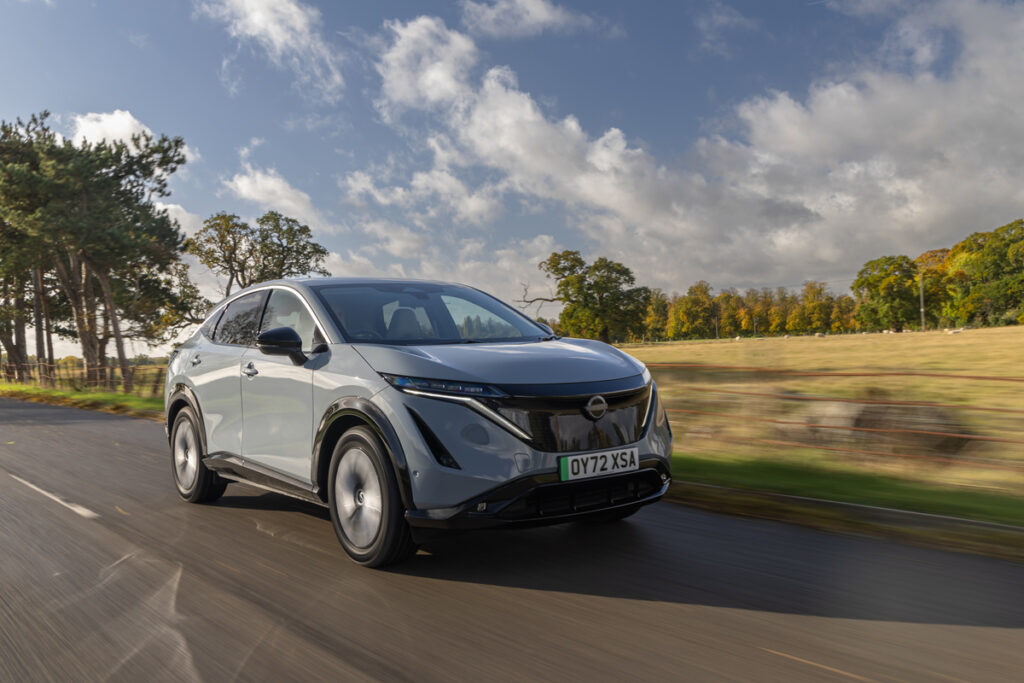
The car is built on a new platform, incorporating a fresh design language. And Nissan is adamant it has thought out the model’s looks, usability, practicality and performance.
The Ariya is available in two trims, with ‘Advance’ at entry-level, featuring 19-inch alloys, a 12.3-inch infotainment system with Apple CarPlay/Android Auto, a digital instrument cluster and cruise control. Meanwhile, the top-of-the-range Evolve adds a head-up display, a moveable centre console and a 10-speaker Bose sound system.
Two and four-wheel-drive versions are available, too.
But back to the looks. The Ariya is striking, with a solid gloss-black panel in place of a traditional grille, thin headlights and two slits for air intakes. In addition, the vehicle features angled side skirts, a sweeping roof line, a chiselled rear end, a light bar spanning the boot and a roof spoiler.
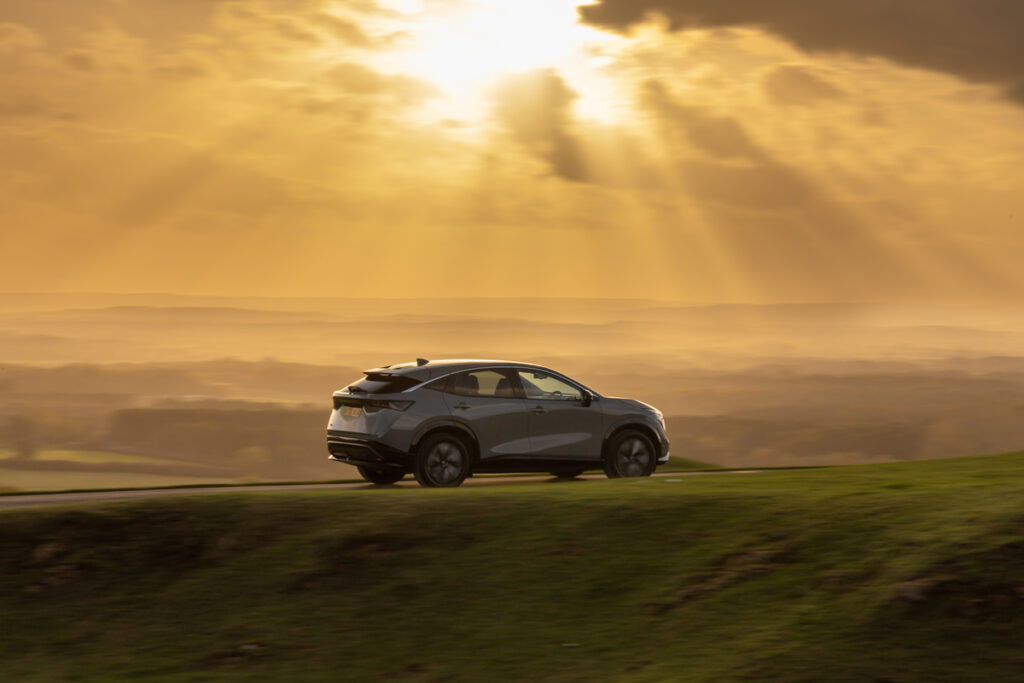
The inside looks even more impressive, with a minimalistic feel and most buttons moved into the infotainment screen. This sits alongside the digital instrument screen on top of the dashboard.
Beneath the former are some haptic touch buttons for the air conditioning. But although they look cool, they aren’t the easiest to operate on the move.
The infotainment screen features a modern, clean interface, but the system could be more responsive, and some competitors have sharper graphics.
There are plenty of soft-to-the-touch materials, including suede – a welcome change from most cars’ interiors. But there are some more rigid plastics lower to the floor.
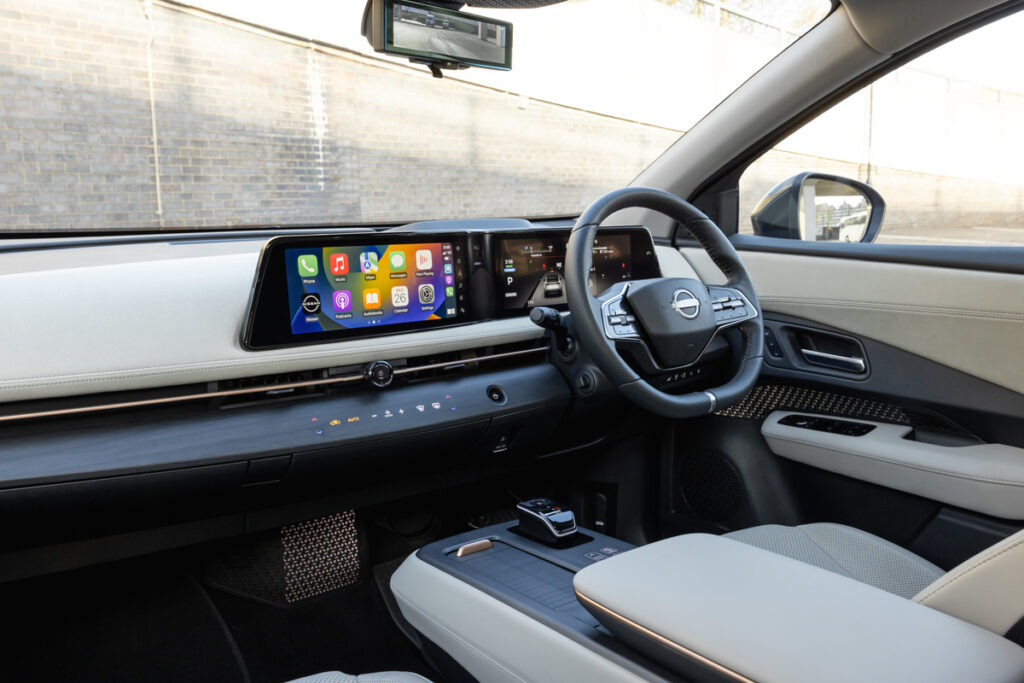
Even the rear-view mirror looks modern – it doubles up as a rear-view camera screen.
On the move, the Ariya shows it’s more of a comfortable cruiser than a car geared towards performance. Of course, most SUVs are, but the Nissan is hardly a slouch despite this. Even the entry-level Advance model with 233PS and front-wheel drive gets from 0-62mph in 7.5-seconds.
Like many electric cars, there’s zero delay in the throttle response, so you’re on the move instantly, and there’s an impressive amount of torque.
The Ariya’s ride comfort takes inspiration from the Qashqai. Like its slightly smaller sibling, it is comfortable, and its absorbing suspension smooths out defects in the road. Added to the quietness due to the lack of engine, there’s a calmness to the experience, even paradoxically when launching vigorously away from the traffic lights.
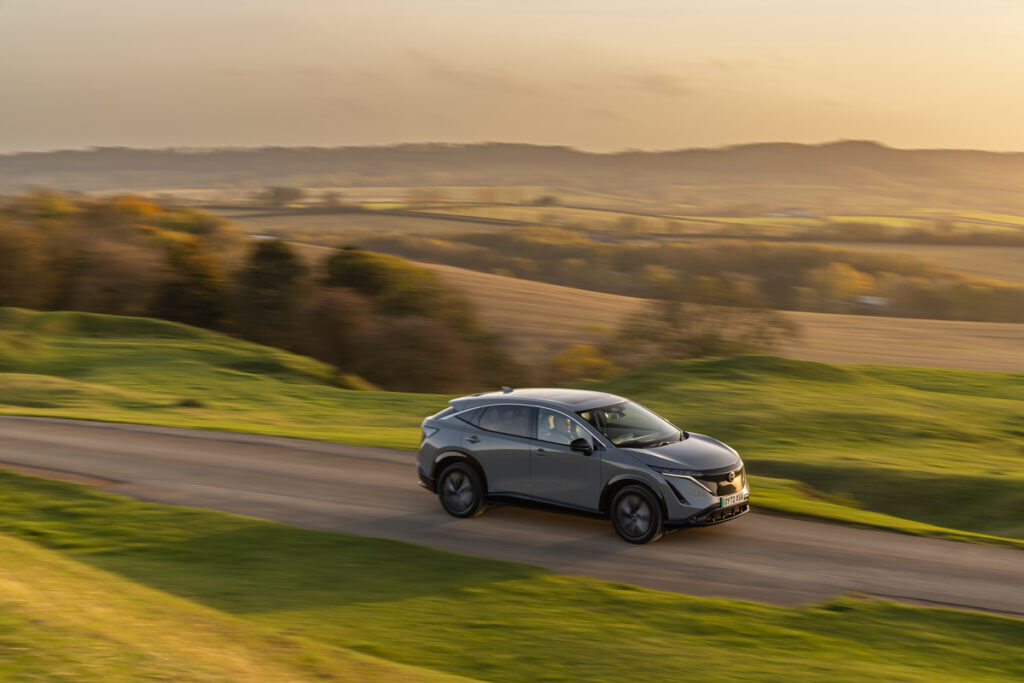
In the corners, though, the softened suspension compromises the handling. There is more body roll in the bends, and the steering doesn’t provide enough feedback to enjoy the experience.
A Sport mode firms up the steering, but a Kia EV6 feels better suited to those who want some entertainment in twisty or undulating territory.
Nevertheless, the handling is sufficient. It is no city car, but the Ariya is a good option for the school run or driving around town.
A motorway cruise, though, is where it’s in its element, effortlessly overtaking anything in its path with good acceleration at all speeds while retaining a refined ride.
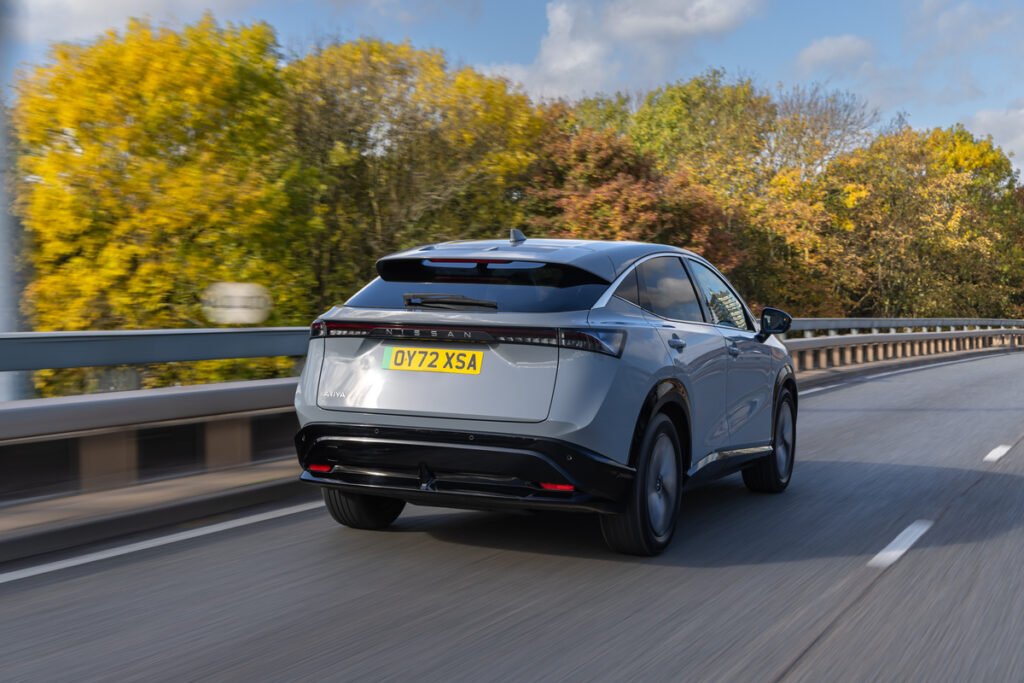
When it comes to space, there’s plenty of legroom – and you can sprawl out because the floor is flat.
However, the batteries underneath raise it slightly, so the support beneath your thighs isn’t brilliant. It is by no means a deal-breaker if you have kids, though – they won’t be bothered about leg support.
The sloping roofline means taller rear-seat passengers will find themselves brushing their heads against the top of the car, though. The optional panoramic roof eats into the headspace even more.
The glove compartment is okay but not huge, but the door bins are reasonably capacious, while the centre console has a respectable amount of storage space. There is also a wireless phone charger, a couple of cupholders and some USB charging ports.
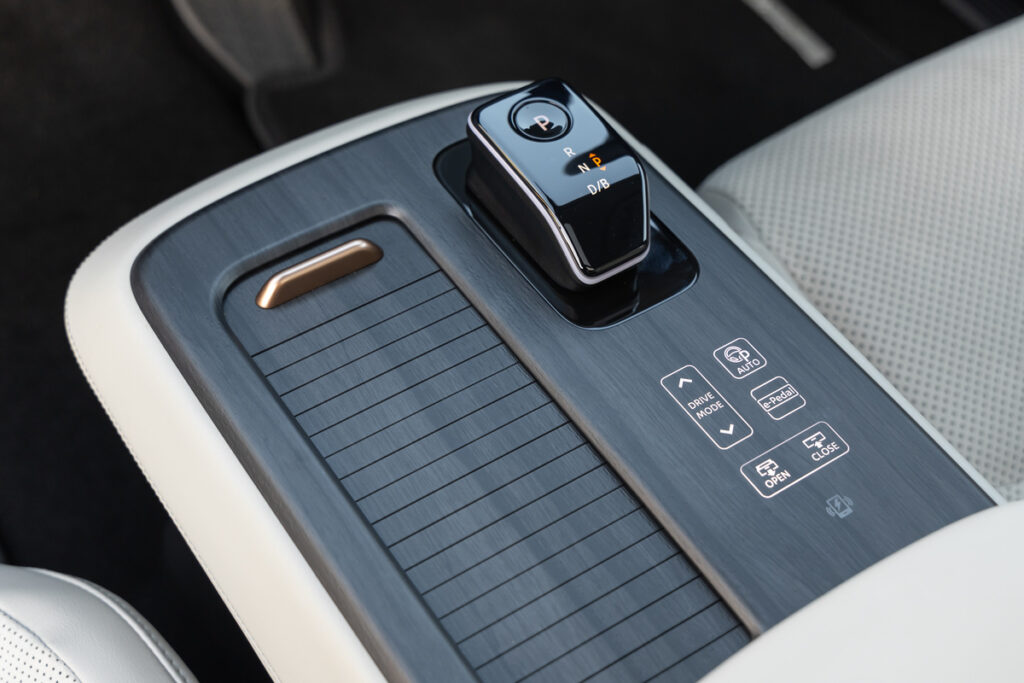
You will also find some touch buttons on the centre console, one of which causes a tray to elegantly glide out of the dashboard, giving you something to rest a laptop on.
If you opt for the Evolve trim, you can electronically slide the centre console forwards and backwards. This can also be used to rest a laptop on if it’s all the way forward.
Boot space isn’t the largest at 466 litres, although the Nissan has no load lip, which is helpful for loading more oversized items.
The Ariya comes with a choice of two batteries – 63kWh, which is good for around 250 miles on a full charge, and 87kWh, which increases the range to 310 miles. It should be said, there is a four-wheel-drive e-4orce version of the Nissan – and this is only available with the larger battery.
A charging speed of up to 130kW is supported. That is slower than its competitors, but it still means you can get from a 20 to 80% charge in about half an hour, even with the larger battery. The smaller battery will suffice for most, though.
Charging up from empty to full at home using a 7.4kW wall box will take around 12 to 13 hours for the larger battery. Some manufacturers make you pay extra to get faster-charging speeds. But Nissan hasn’t done this, while including a heat pump as standard means there’s less reliance on the cabin heater in winter. This should help keep the range as high as possible in colder weather.
So, while the Ariya isn’t the most practical of SUVs, it has good performance, decent range, and reasonable charging speeds. Meanwhile, the interior offers a level of luxuriousness not heard of before from a Nissan.
At well over £40,000, the Ariya is expensive – but it has plenty of features to justify its price tag.


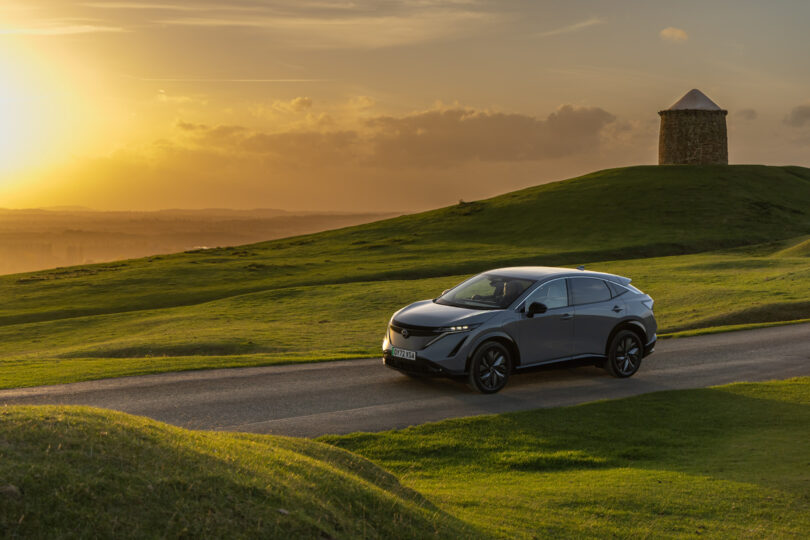
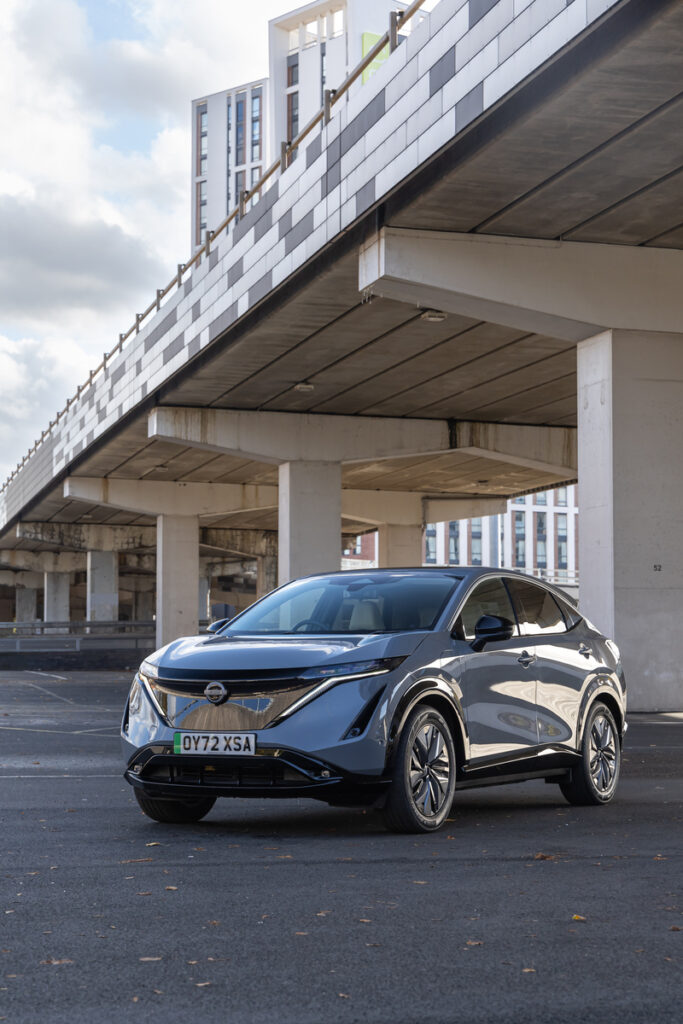






Leave a Comment
You must be logged in to post a comment.